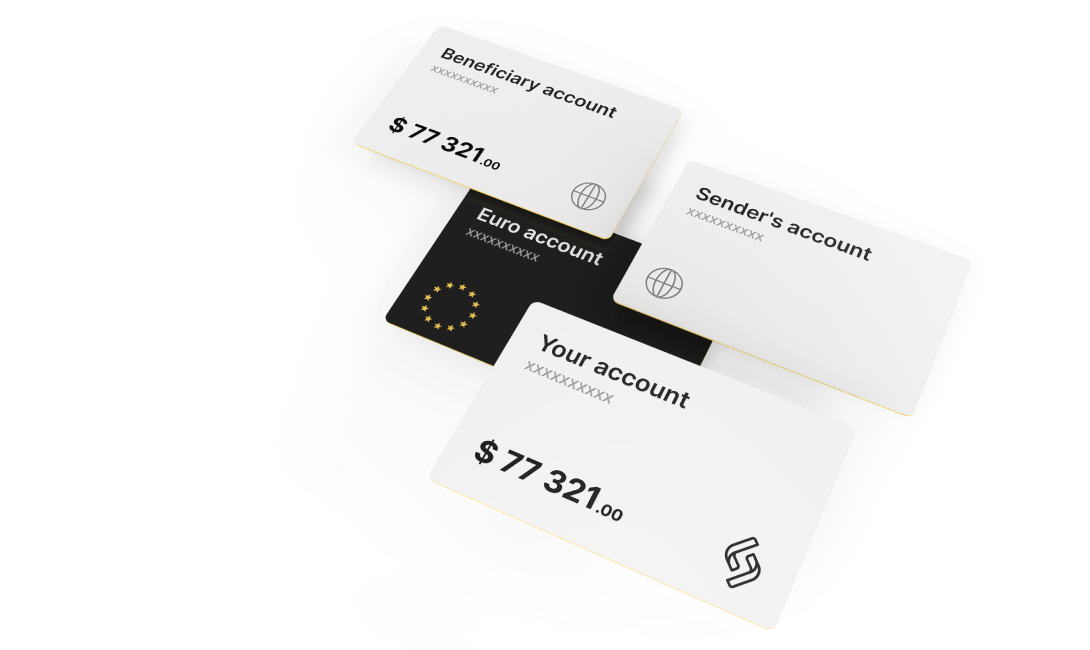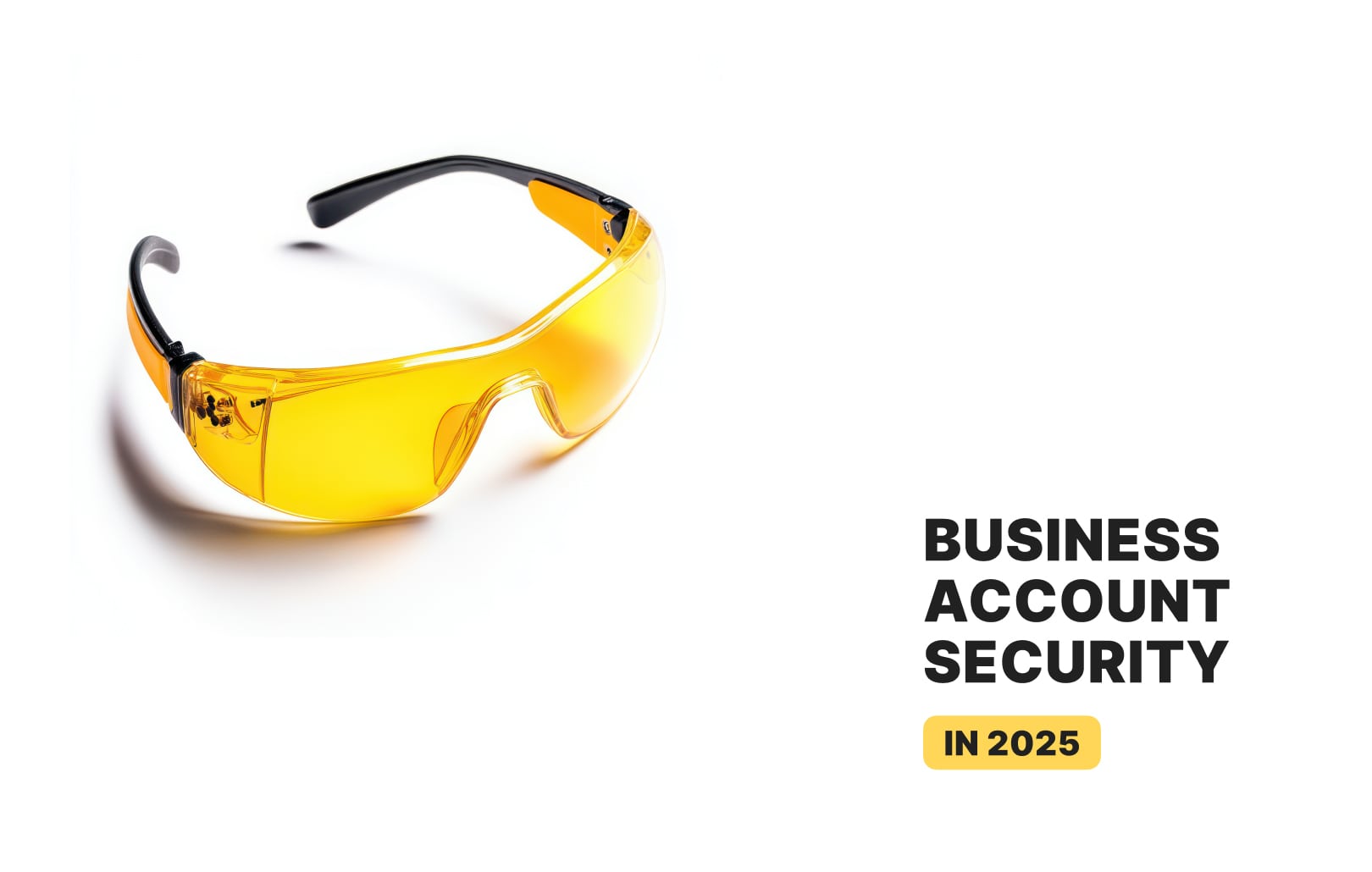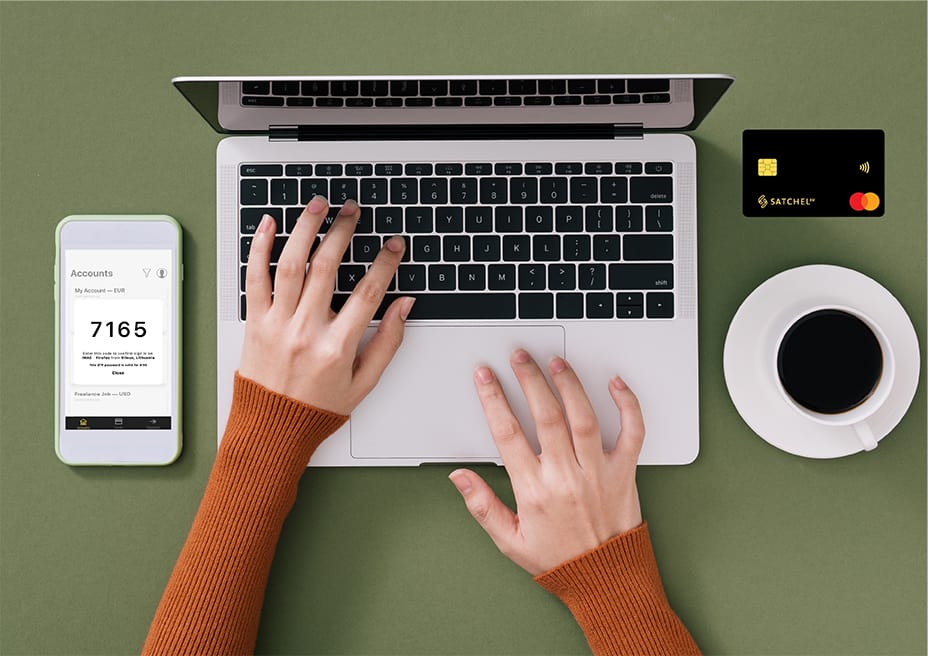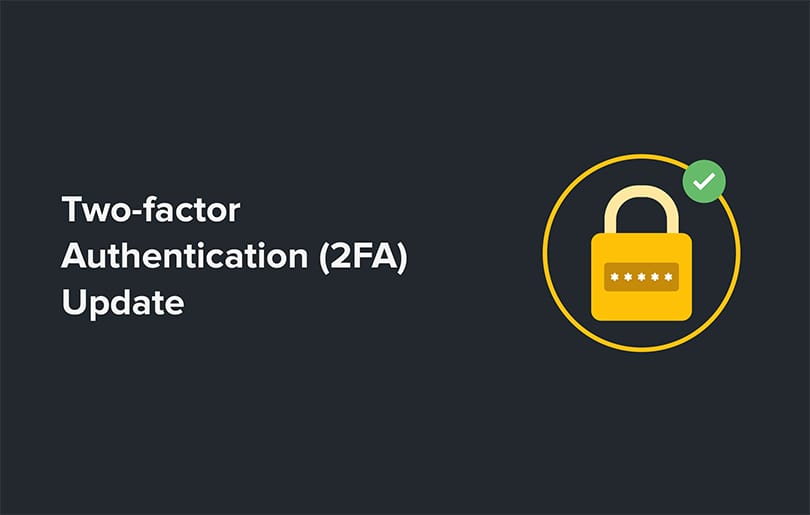10 Tips for Secure Online Banking

10 tips for ensuring secure online banking practices
Online banking offers unparalleled convenience, but it also exposes your sensitive information to potential vulnerabilities.Cybercriminals are well aware of the security gaps they can exploit to access your financial data if proper precautions aren’t taken. Here are the 10 essential tips that will help fortify the security of your online banking experience:
- Protect Your Smartphone: Your smartphone holds a trove of personal information and serves as a gateway to your banking app. Never leave it in the hands of suspicious individuals and make sure it is protected with robust authentication methods like facial recognition or fingerprint scanning.
- Activate Two-Factor Authentication (2FA): Activate 2FA on your device to enhance security. This requires using your phone to verify your identity when logging in to other services, often via a time-sensitive code. It may seem inconvenient, but the added layer of protection is invaluable. Satchel.eu implements this feature by default.
- Keep Confidential Information Private: Never share your passwords, card numbers, or account details over email or messaging platforms, even with people you trust.
- Craft Strong Passwords: Opt for longer passwords -12 characters minimum -and avoid including personal information like names, birthdays, etc. Use a mix of upper- and lowercase letters, numbers, and special characters. Steer clear of common sequences like “1234”. You can also utilize a trustworthy password manager like LastPass to generate secure passwords.Don’t forget to update your passwords regularly. Change passwords every 60 days to prevent breaches. Set reminders on your phone or employ a password manager to streamline the process.
- Avoid Storing Login credentials: Don’t save login details within your online banking or mobile app.
- Check Account Activity: Monitor your account balance and activity weekly to detect any unauthorized transactions. Promptly notify your financial institution of any suspicious operations.
- Access Your Digital Banking Provider Sites Directly Always type the URL directly into the browser and avoid clicking on links within emails to prevent landing on phishing web pages.
- Use a Secure Wi-Fi Connection: Use private Wi-Fi networks for banking, as connecting to public Wi-Fi poses numerous security risks. If public Wi-Fi is the only option you have, use encrypted sites, avoid saving passwords, and clear cookies. Setting up a VPN is also a wise move.
- Install Reliable Antivirus Software: Install trustworthy antivirus software on your personal computer and keep it up to date to ward off malware.
- Keep Software Updated: Regularly update your computer, phone software, and apps to ensure you have the latest security patches. Outdated software could expose your information to risks.
In conclusion, keeping your online banking safe is all about being proactive and cautious and staying up to date on security developments. Following the tips we shared can make a big difference in protecting your sensitive information from unauthorized access and theft. Remember, while online banking is convenient, it also requires you to be responsible for your security. By following simple steps and using secure digital banking like Satchel.eu, you can enjoy the convenience of digital transactions without worrying about potential risks.
Stay safe, stay informed, and do online banking with confidence!







